I’m back with another collection of odds and ends ideas that relate to technology. There’s one “oldie goldie” in this group, along with some new resources, tips, and tricks. Enjoy!
Teens, Tech, and Mental Health
A recent study of more than 430,000 10 to 15-year-olds from Oxford has found that there is no link between technology use and mental-health problems, including feelings of depression and suicidal tendencies. This contradicts a January 2021 study that stated that heavy social-media use was linked to negative well-being and self-esteem among teenagers. However, isolation during the pandemic has contributed to teens feeling more alone than ever before, something schools will need to address this fall as they return.
An Oldie Is Back!
Some of you may be old enough to remember the technology mainstay program in schools starting in 1984, Print Shop. If you were like me, you had not only the original desktop publishing program, but all of the accompanying clip art CDs and spent a lot of time happily creating and printing out banners, signs, certificates, and art work for bulletin boards. Well, try to stay calm, but the fabulous program is back and available free in your browser! Fans have recreated the Apple II version with some of its accompanying clip art. Your creations will appear as a PDF that can be saved and printed. Please note that the program is slow to load (as it was in 1984!), so be patient. Share this with your students to let them know how far the technology has come.
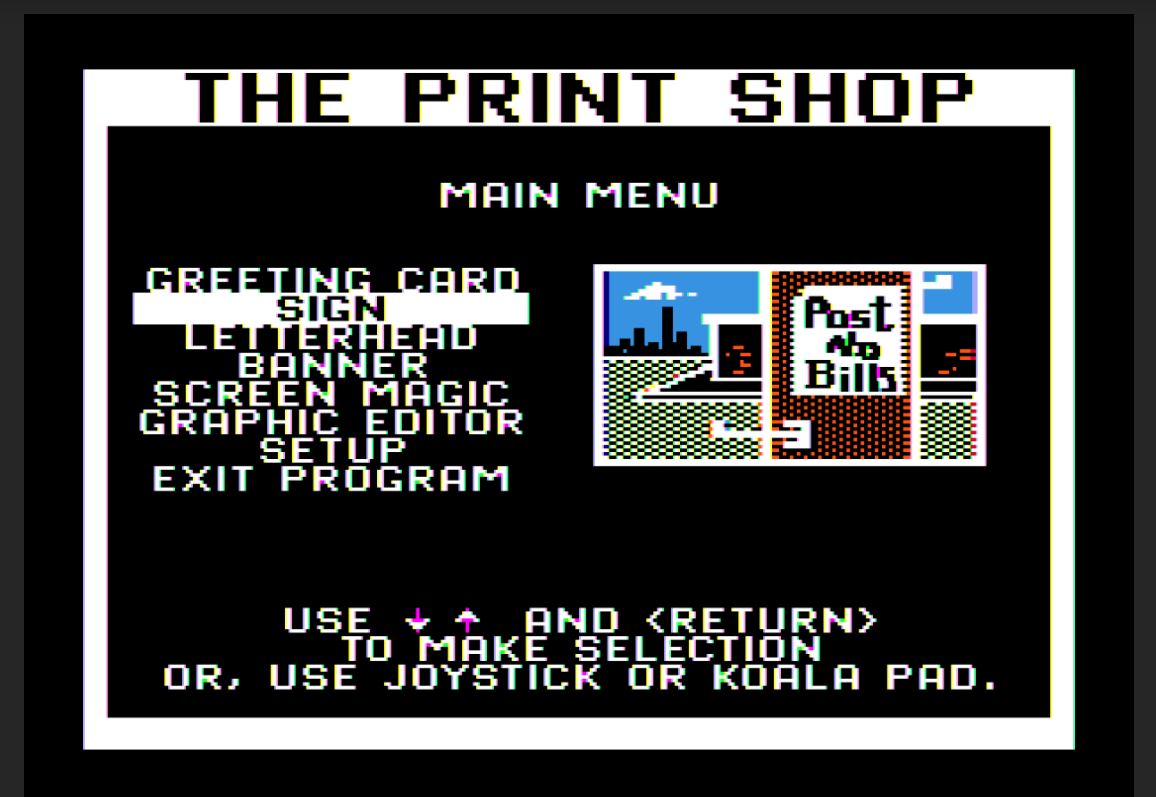
Learn Anything
If you’d like the opportunity to become better at something you are interested in, be sure to check out Learn Anything. This website offers more than 50,000 free video guides called “jump ropes” from “knowledgeable and passionate creators” on a wide variety of topics. These step-by-step guides allow you to move at your own pace in the learning. And you can upload our own videos for others to peruse. It’s also available as a free app on Android and iOS.
I was interested in the “How to Draw a Hungry Caterpillar” jump rope. The learning was divided into six short segments that were clear and easy to understand. What do you want to learn today?
Search and Read Old Newspapers
Studying a primary source like a newspaper published at the time of a major event in history is a great tool for student learning. And the US News Map can help. With access via a strong search engine to more than 15 million newspaper pages published between 1789 and 1964, this is a treasure trove of information. You can search by topics (like slavery or statehood) or by year. Once you hit return, your search results show up as dots on a US map, allowing you to click into the ones you might be interested in. As you drill down, the newspaper pages are in PDF format and appear just as they did when they were published. Your search term is highlighted in pink.
This site does take a little bit to learn how to find exactly what you are looking for. I would encourage you to do a sample search first as a demonstration for your students and then have them work in small groups. A good first activity for them would be to simply all look at the same page from the same newspaper on the same day and year and note the interesting things they see there.
Hyperdocs Galore
If you love using interactive hyperdocs with your students for greater engagement and content mastery, then you must check out this HUGE collection. The Peterson website has hundreds, if not thousands, of hyperdocs ready for you to make a copy of and start using. If you go to the link above, you can see all of them listed in a very, very, VERY long list. But you can also access them by subject area in the categories across the top of the page (and then down the right-hand side). And you’ll find the CTRL-F shortcut very useful for searching for your topic on the page.
Better Than Blooms
The amazing educational expert Grant Wiggins offers this thought-provoking matrix to ensure that you are designing lessons that reach the highest levels of learning. He is not a fan of Bloom’s Taxonomy of action verbs as a method for teaching to the highest levels, but instead states that a more complex approach is required. (By the way, if you find this information from him interesting, take a look at his article on cognitive load theory, which he believed is the most important things for a teacher to know.)
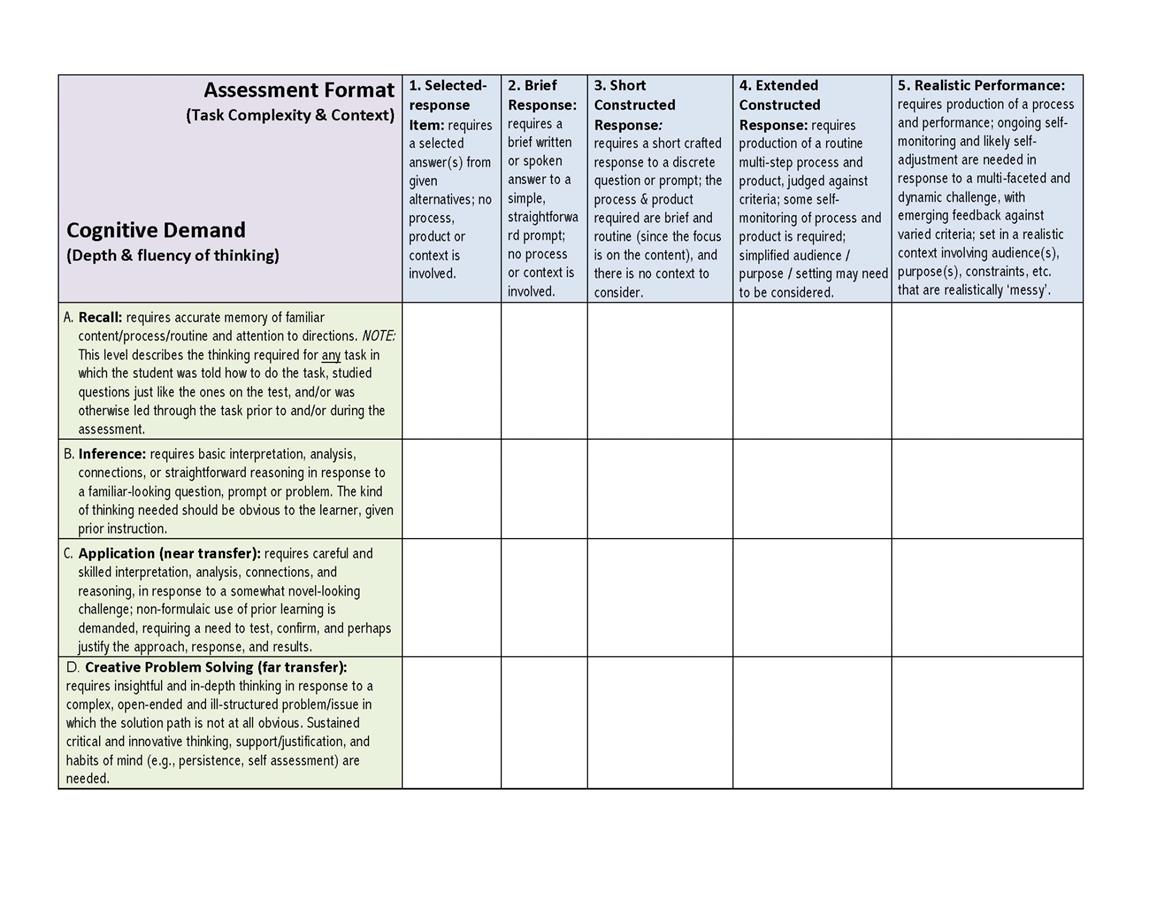
Take a Break
NPR has published their Joy Generator, a website that entices us to take a moment away from our stress-filled day and tap into more positive emotions. “Small doses of daily delight can shift our focus away from our worries and give more opportunity for joy to arise. You can read more about the science here.” A random video of joy-producing images appears each time you click on the “Click for Joy” button.
Airport Delays
The power of data is amazing. If you are tasked with picking up someone from the airport, you may find this collection handy. The Live Airport Delays Dashboard shows current delays in both arrivals and departures at every airport in the United States. And yes, it’s all live data. Because of everything that is included, again, you will need to spend a little time learning how to manipulate the system. But it’s well worth it! This is also a great project to show students on how data can be structured to provide greater meaning.
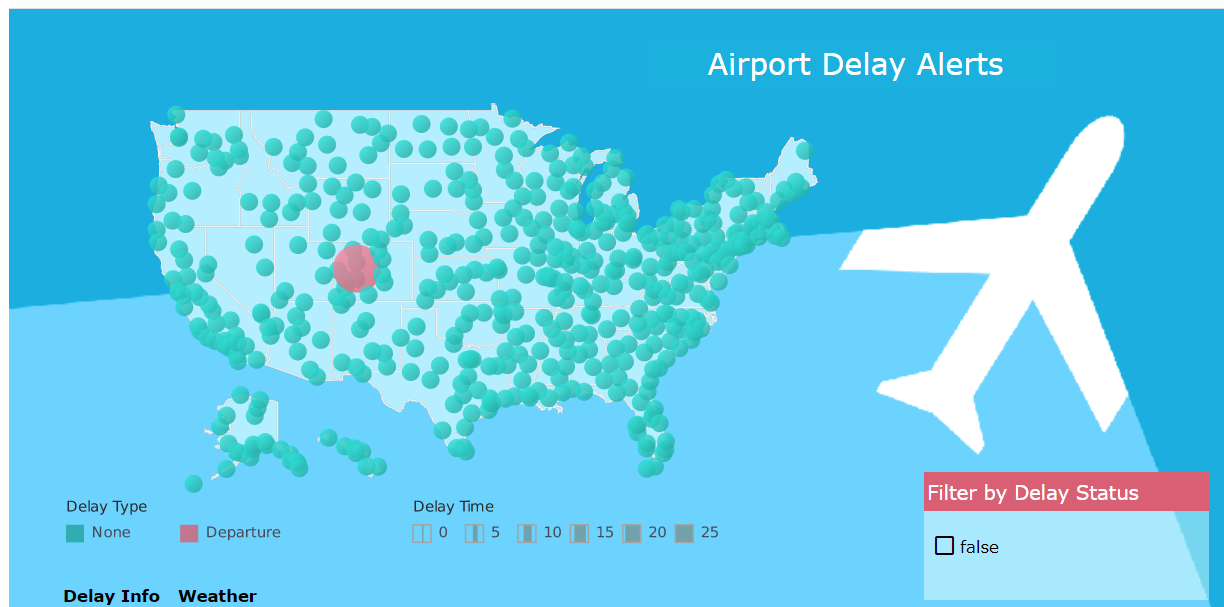
Engaging ELA Activities with Google Docs
Eric Curts is back with some more tremendous resources, this time for ELA teachers in all grades. He offers six different activities using Google Docs that your students will love and that will help them become better readers and writers. These include activities involving highlighting, emojis, choose your own adventure stories, graphic organizers, and more. What makes these even more amazing is that he includes every possible resource for each of the lessons, meaning less work for you!

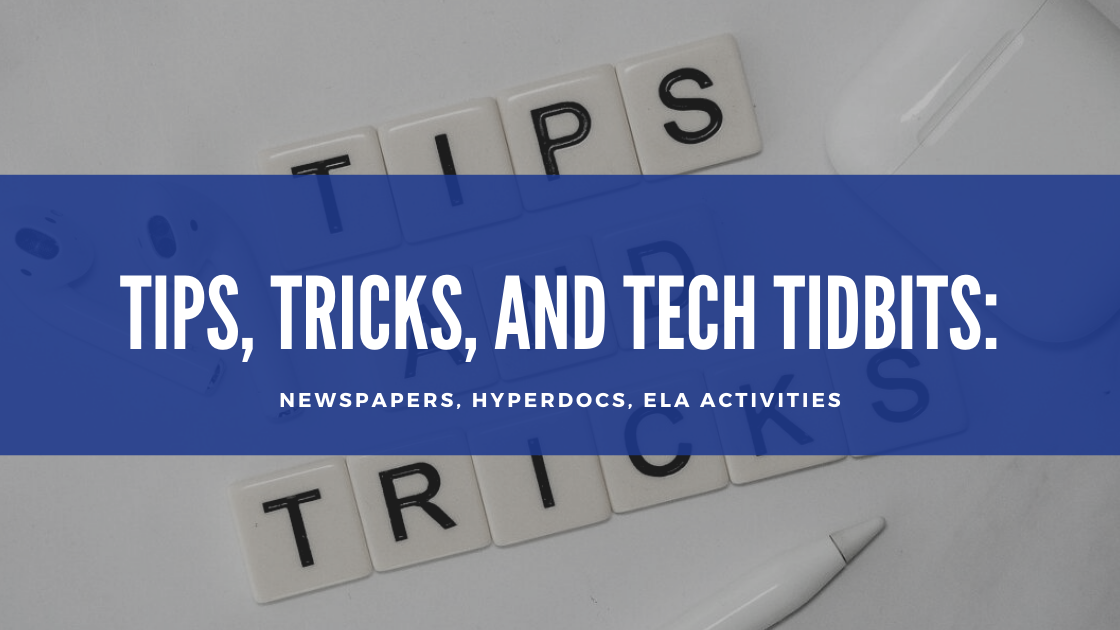
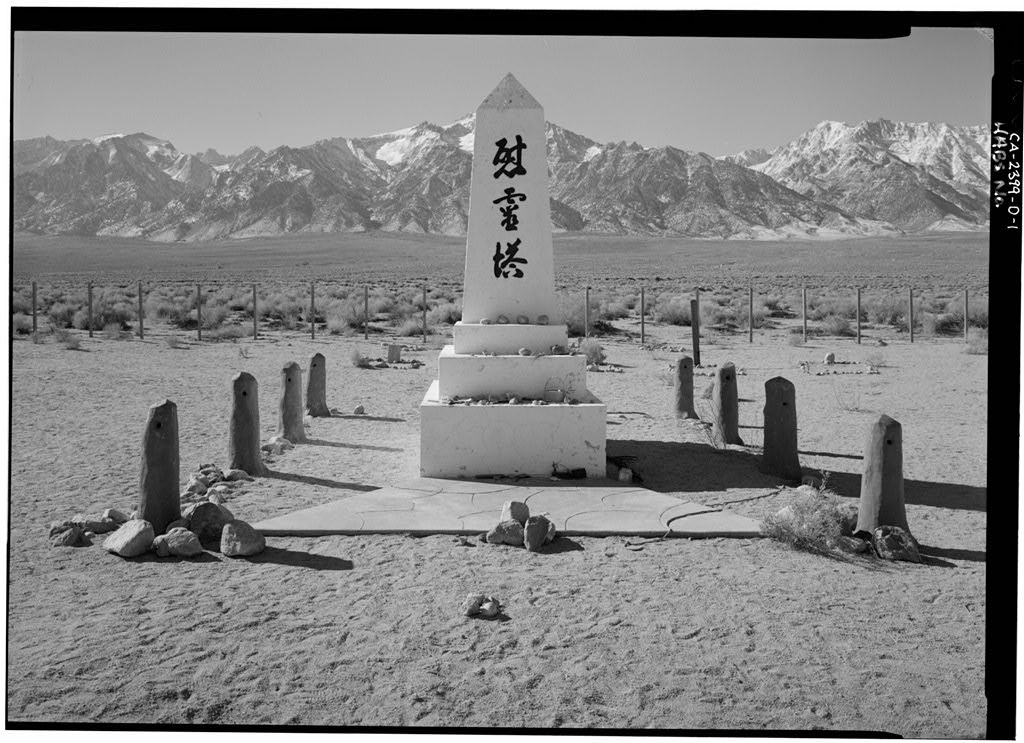
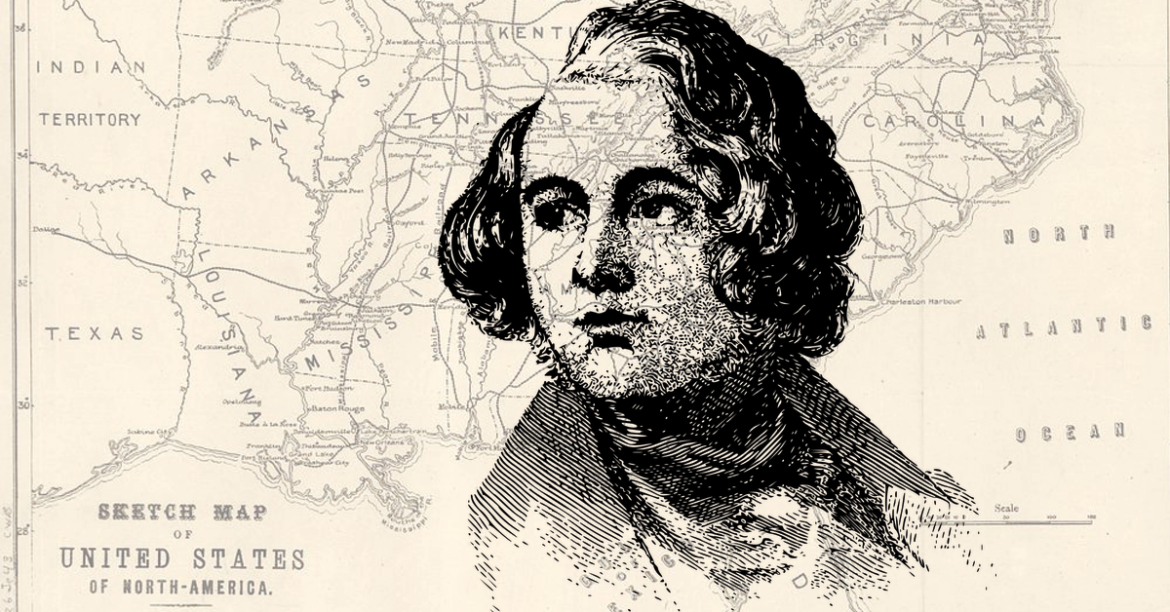
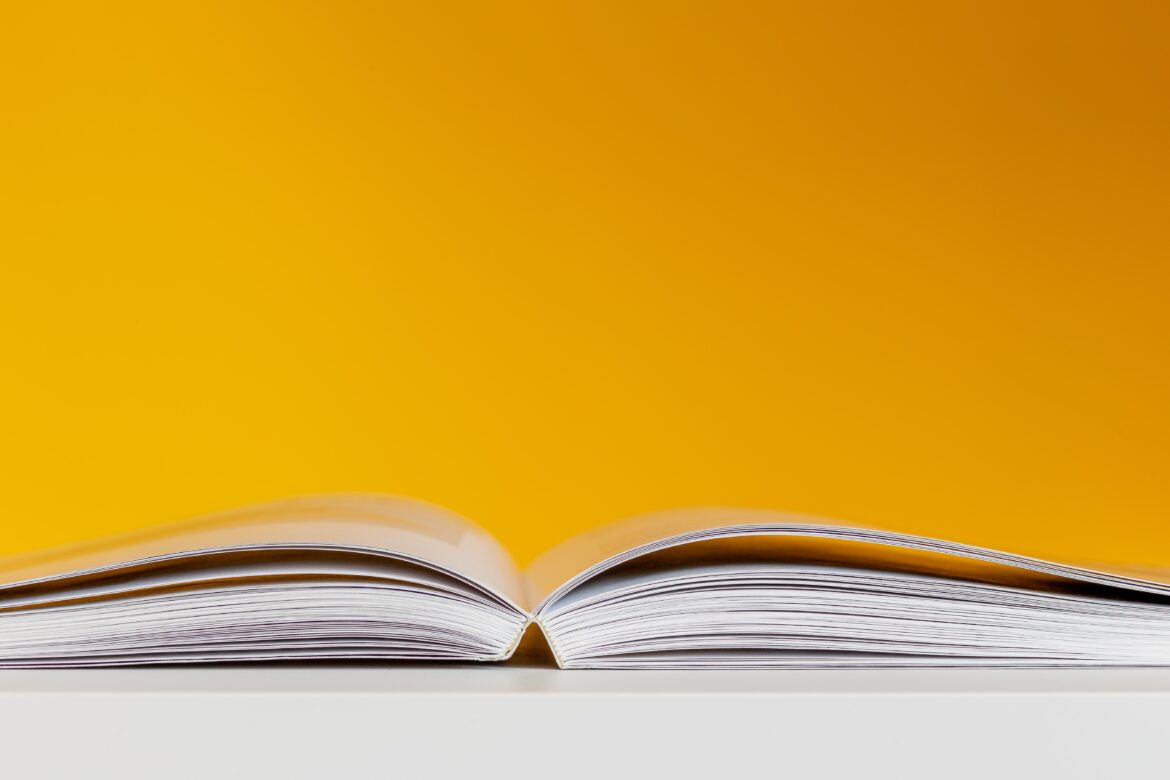
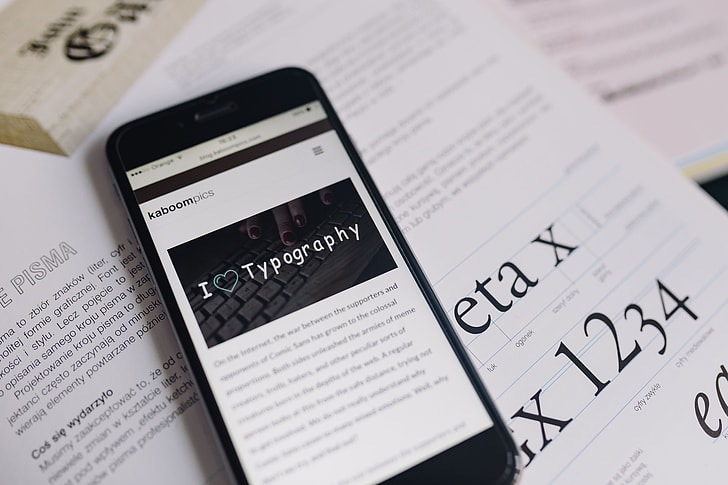

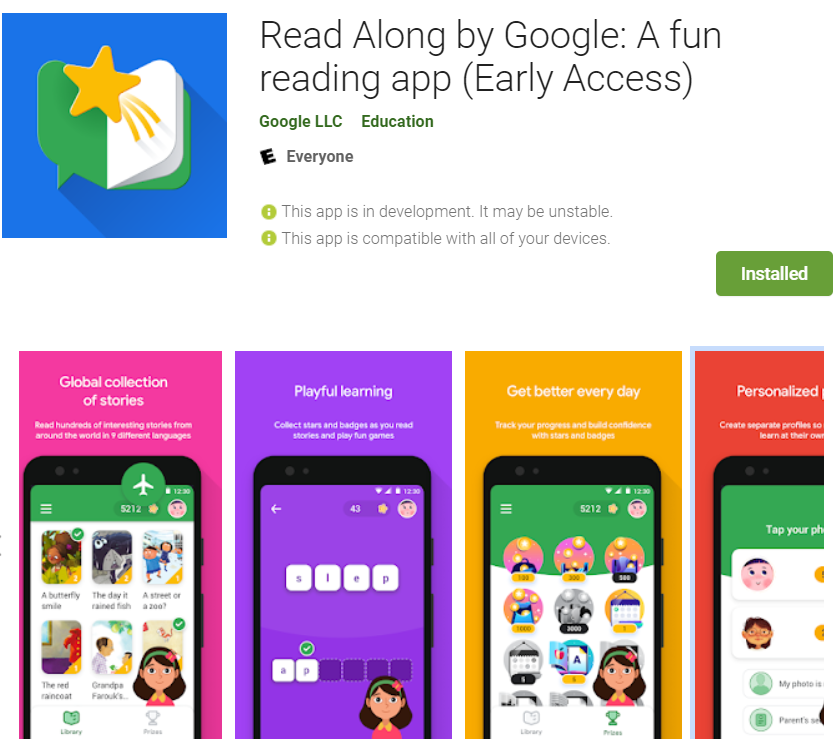
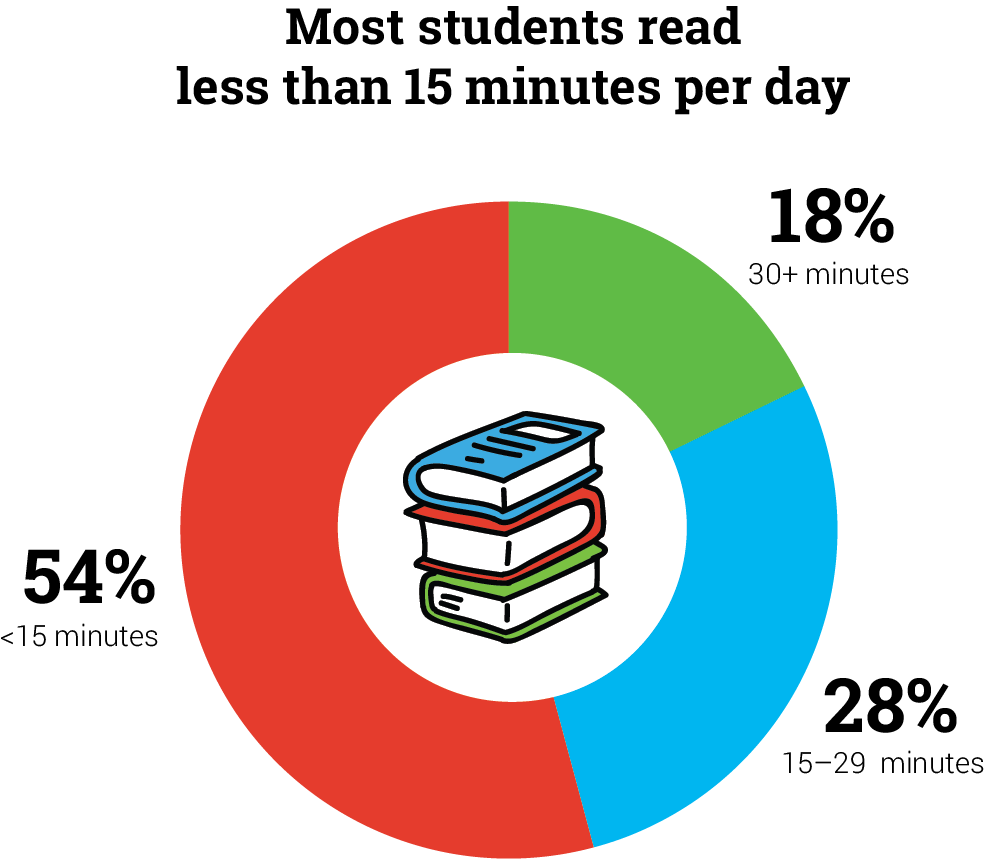
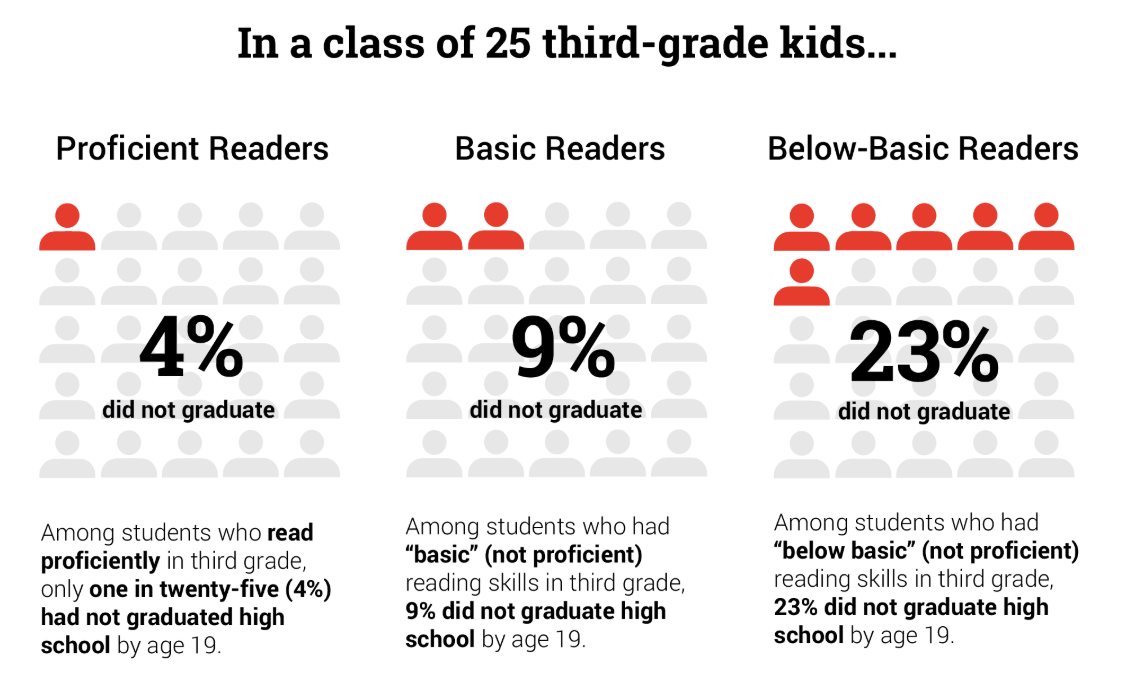
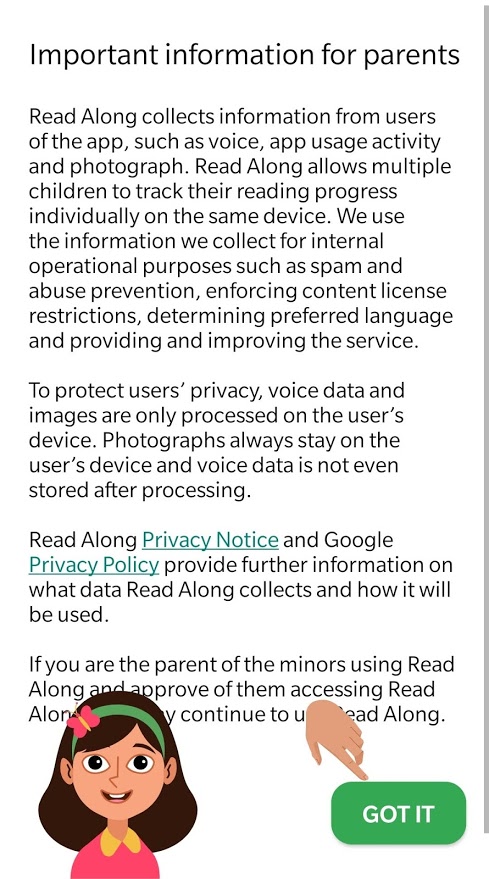
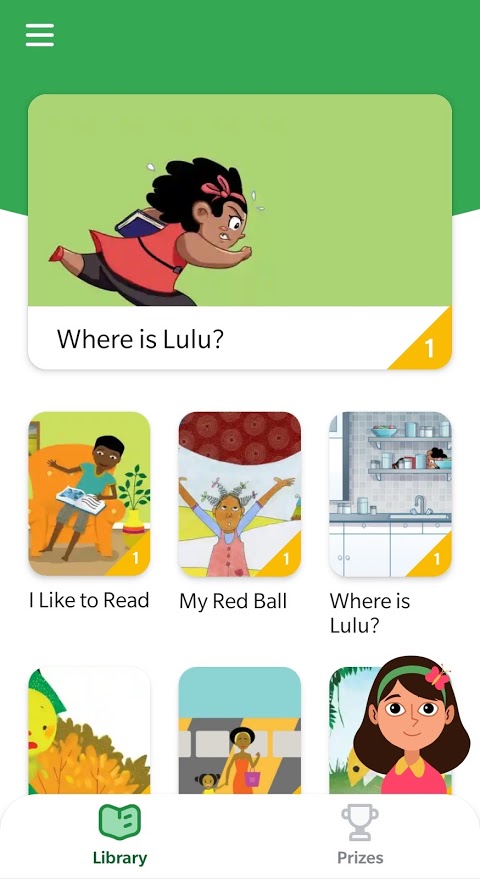
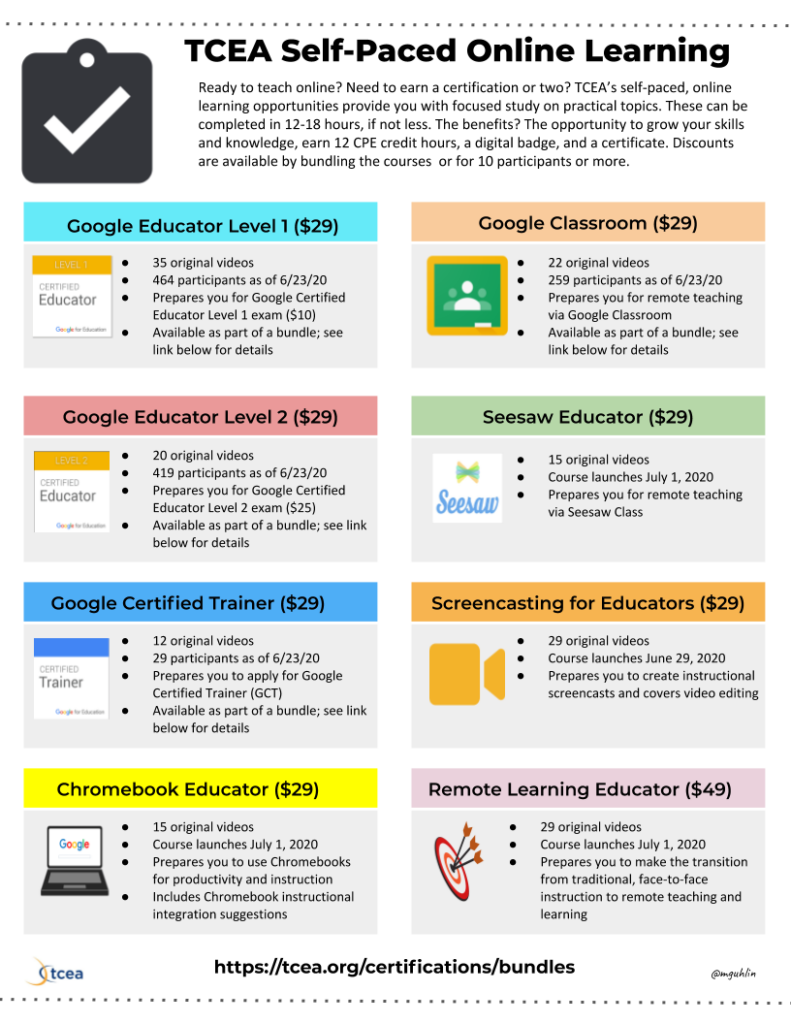

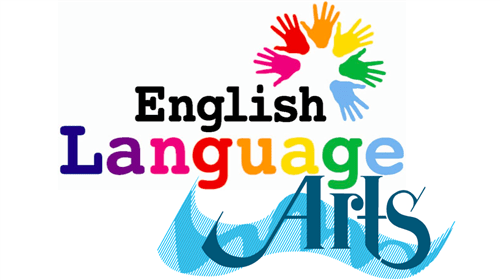

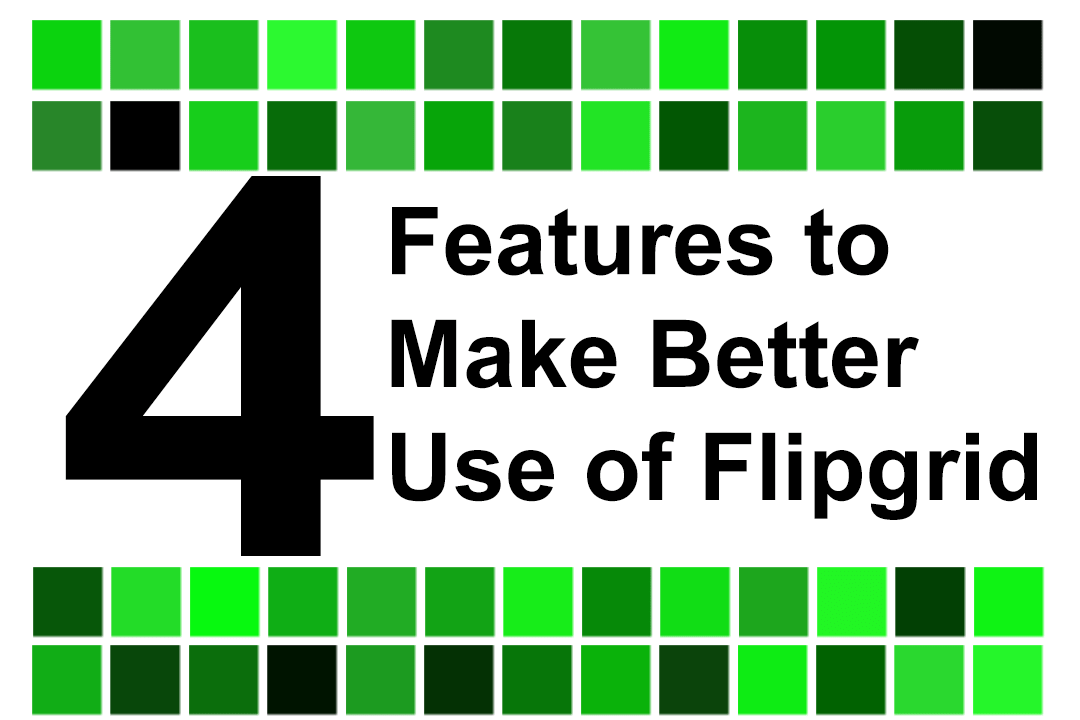
 You have probably already heard of Flipgrid and perhaps even started using it, at least to some degree. It definitely seems to be the perfect tool to support students in many ways, not to mention using it as a way to provide peer- and content-support to teachers.
You have probably already heard of Flipgrid and perhaps even started using it, at least to some degree. It definitely seems to be the perfect tool to support students in many ways, not to mention using it as a way to provide peer- and content-support to teachers. 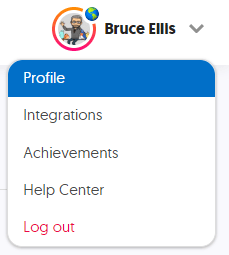 Begin by making sure that your profile is updated. Don’t be shy. This will allow others to better connect with you. Click on your image in the top right and select Profile. Select a photo or avatar for your profile picture. If you have a picture that has a busy background or you want to use a quick editing tool to remove the background (as I did on my
Begin by making sure that your profile is updated. Don’t be shy. This will allow others to better connect with you. Click on your image in the top right and select Profile. Select a photo or avatar for your profile picture. If you have a picture that has a busy background or you want to use a quick editing tool to remove the background (as I did on my 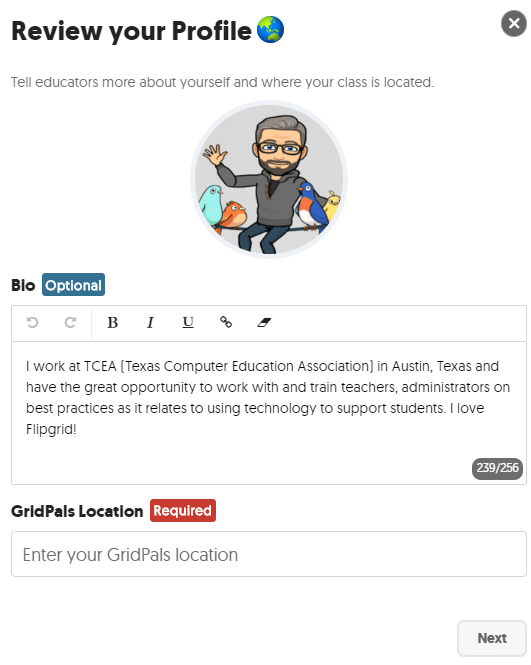 GridPals is, as you may have deduced, Flipgrid’s version of pen pals. It’s a super easy way to connect with other educators and enthusiasts to further learning and improve education.
GridPals is, as you may have deduced, Flipgrid’s version of pen pals. It’s a super easy way to connect with other educators and enthusiasts to further learning and improve education. 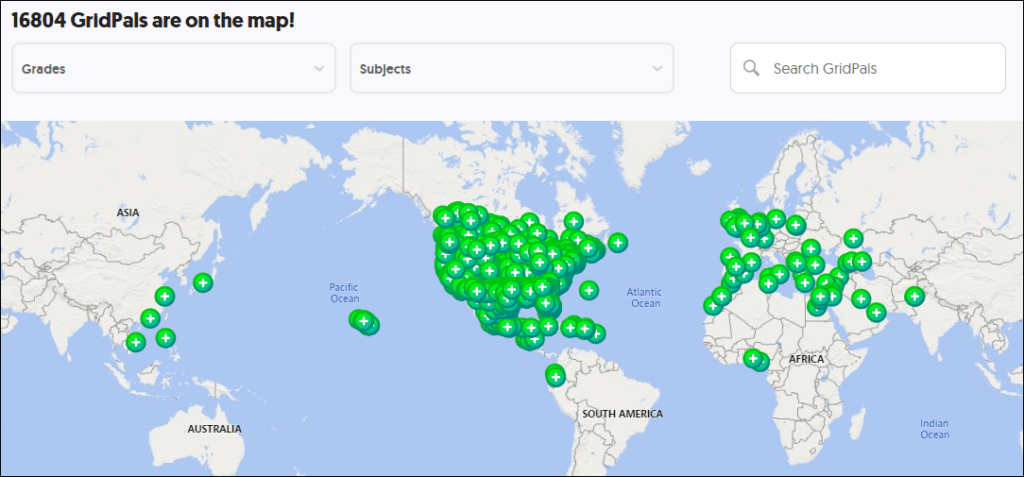
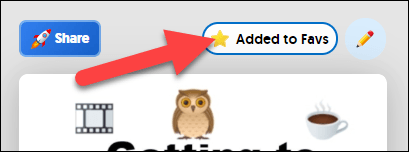 Featured Disco Playlists are sets of topic templates provided by various organizations such as
Featured Disco Playlists are sets of topic templates provided by various organizations such as 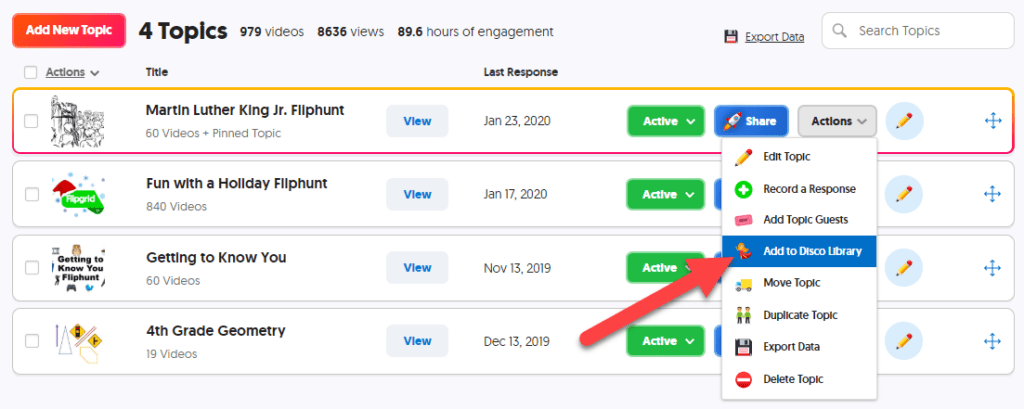
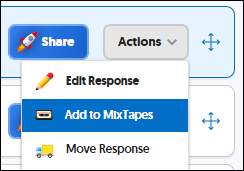 No, this isn’t creating mixtapes on cassettes like we might have done back in the ’80s and ’90s to give to someone special. This is a whole new way of sharing — but based on the same principle.
No, this isn’t creating mixtapes on cassettes like we might have done back in the ’80s and ’90s to give to someone special. This is a whole new way of sharing — but based on the same principle. 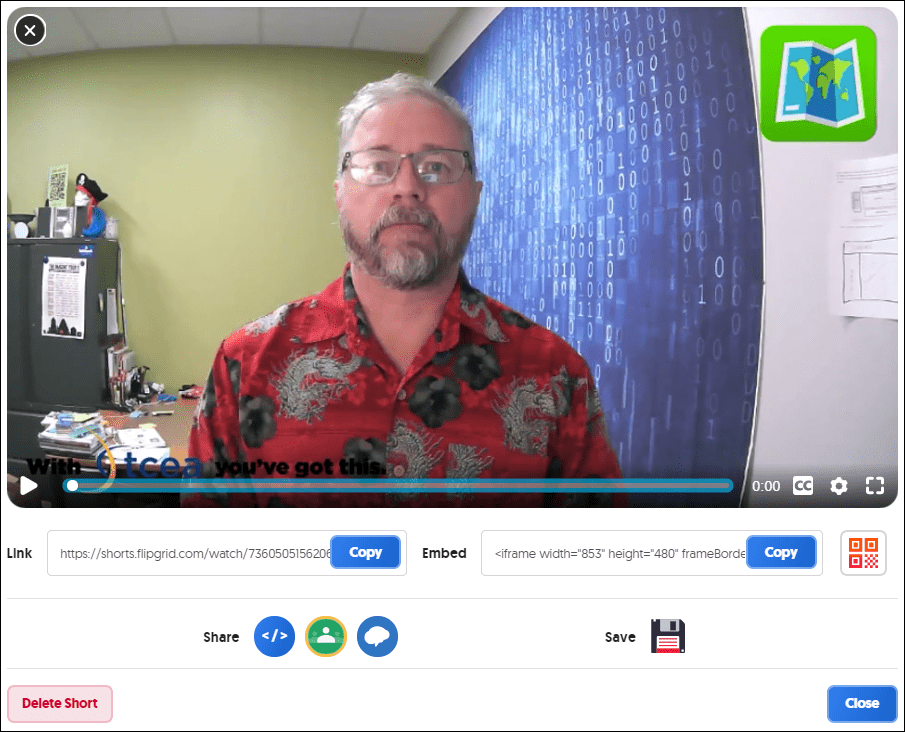
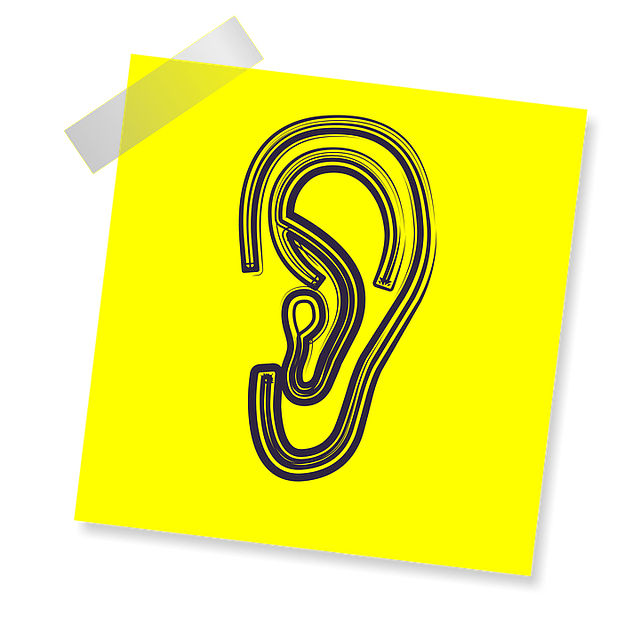 So how do you use Flipgrid? Which feature(s) have you found to be the most impactful? Even if you haven’t had a chance to use Flipgrid, have you come across an innovative way to incorporate it in the teaching and learning process or in professional development? We’d love to hear from you!
So how do you use Flipgrid? Which feature(s) have you found to be the most impactful? Even if you haven’t had a chance to use Flipgrid, have you come across an innovative way to incorporate it in the teaching and learning process or in professional development? We’d love to hear from you!